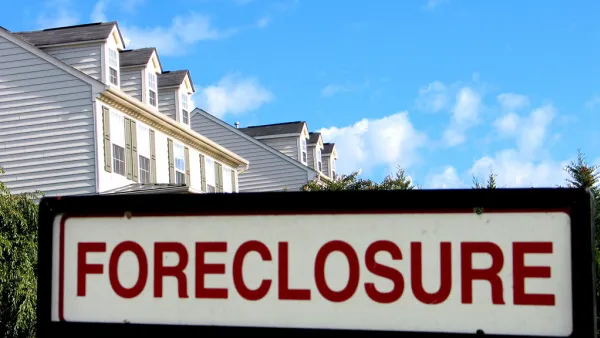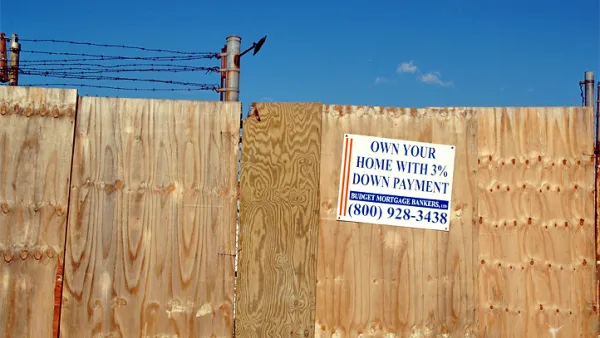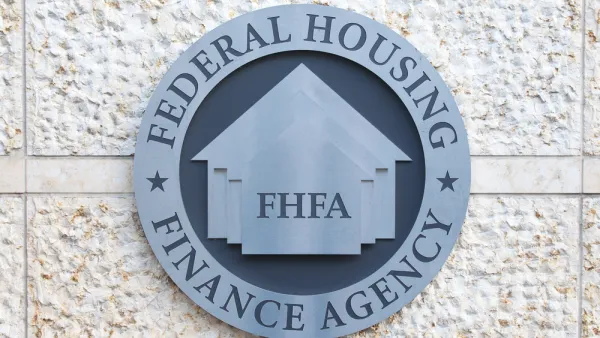Of all the nightmare scenarios that became possible when the coronavirus hit the shores of the United States, the possibility of massive evictions and a rental market failure seems to have averted the worst possible outcomes. That could still change.

Unemployment is at record levels, and the most vulnerable Americans are the most likely to be impacted by the economic crisis. But so far, in the aggregate at least, it seems like renters are holding up better than many feared possible at the outset of the pandemic.
"The National Multifamily Housing Council (NMHC) found that 80.2% of apartment households made a full or partial rent payment by May 6 in its recent survey of 11.4 million units of professionally managed apartment units across the country," reported Brenda Richardson in May.
But every passing month of steep unemployment deepens the risk of a widespread rental payment crisis, and some sources are continuing to sound alarms about the potential for a wave of evictions to destroy lives and upend the real estate market.
Sarah Mervosh writes on this theme for The New York Times as about half of the states in the country prepare to remove eviction protections.
In many places, the threat has already begun. The Texas Supreme Court recently ruled that evictions could begin again in the nation’s second-largest state. In the Oklahoma City area, sheriffs apologetically announced that they planned to start enforcing eviction notices this week. And a handful of states, like Ohio, had few statewide protections in place to begin with, leaving residents particularly vulnerable as eviction cases stacked up or ticked forward during the pandemic.
According to Mervosh, this crisis could have the same level of impact as the housing market collapse of the Great Recession, but this time renters will be on the frontlines of the devastation.
Another article by Dima Williams raises the possibility of the worst having yet to come for renters and landlords, and there are other data reports on the state of the market that indicate a growing pressure for many renters. According to LeaseLock, a lease insurance provider, for instance, "the share of residents paying partial rent has grown month-to-month in large metros such as Atlanta, L.A. and Seattle," according to Williams.
June rent is still being sorted out amidst a rolling and explosive wave of protests, and the threat of one crisis spilling over into yet another crisis will persist. A recent study published by researchers at the University of California, Los Angeles provides recommendations for policy responses to the looming rent and eviction crisis.
FULL STORY: An ‘Avalanche of Evictions’ Could Be Bearing Down on America’s Renters

Analysis: Cybertruck Fatality Rate Far Exceeds That of Ford Pinto
The Tesla Cybertruck was recalled seven times last year.

National Parks Layoffs Will Cause Communities to Lose Billions
Thousands of essential park workers were laid off this week, just before the busy spring break season.

Retro-silient?: America’s First “Eco-burb,” The Woodlands Turns 50
A master-planned community north of Houston offers lessons on green infrastructure and resilient design, but falls short of its founder’s lofty affordability and walkability goals.

Test News Post 1
This is a summary

Analysis: Cybertruck Fatality Rate Far Exceeds That of Ford Pinto
The Tesla Cybertruck was recalled seven times last year.

Test News Headline 46
Test for the image on the front page.
Urban Design for Planners 1: Software Tools
This six-course series explores essential urban design concepts using open source software and equips planners with the tools they need to participate fully in the urban design process.
Planning for Universal Design
Learn the tools for implementing Universal Design in planning regulations.
EMC Planning Group, Inc.
Planetizen
Planetizen
Mpact (formerly Rail~Volution)
Great Falls Development Authority, Inc.
HUDs Office of Policy Development and Research
NYU Wagner Graduate School of Public Service




























